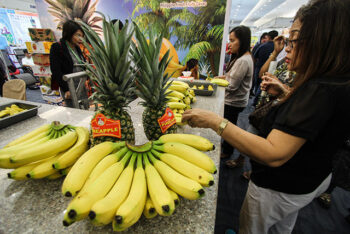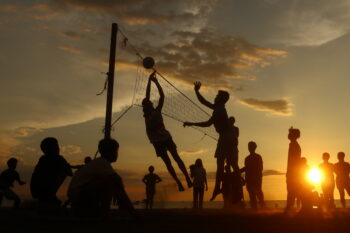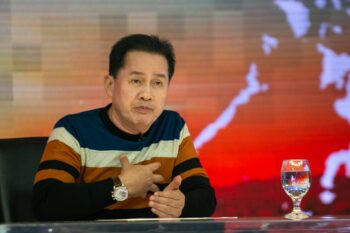
NAAWAN, Misamis Oriental (MindaNews / 26 July) – In taking the helm of the Department of Agriculture by himself, President BBM shows to all and sundry that he can and will really walk his talk. He seems hell-bent in fulfilling his campaign promise to bring down the price of rice to P20/kg and overcome the food insecurity that is now lurking around us.
The seriousness of his intention is becoming more palpable when he broached recently the idea of launching a rice self-sufficiency program to be known as Masagana 150. This program, needless to say, is a carbon copy of his father’s Masagana 99 program (M99) except for the yield target. BBM’s target is more ambitious: a 51-cavan yield/ha greater than that of his father.
Is it really possible to produce 150 cavans of rice per hectare? Is this warranted by a science-based method of production other than what was already tried in M99 in 1973 or 49 years ago? Is this economically, socially and environmentally sustainable?
However loud and reverberating the hallelujah of the apologists of the Martial Law regime, studies made by respectable agricultural scientists and economists aver that the Marcos rice self-sufficiency program was a dismal failure, reason why it was concluded in 1984 sans fanfare, and reason why since then, we have become a regular importer of rice from our neighboring countries.
Indeed, our continuous importation of rice is a living testament of the failure of the Masagana 99 program. This truth can never be debunked by any statistics or whatever argument.
M99 was bound to fail.
The program was heavy on inputs like fertilizers, pesticides and herbicides, the cost of which gravely burdened the farmer with forced indebtedness. Moreover, the cultivation and care of the high-yielding grain was also laborious, demanding most of the farmer’s waking time to farm work to the detriment of his other concerns and interests. Whatever increase in production and income he may have had from his toil was cancelled by his debts in the bank to pay the government authorities’ favored suppliers of farm inputs. The farmer felt that he was working for them rather than for himself and his family. Moreover, farmers bewailed the loss of prized natural endowments, the other food source in their rice fields, namely, the native catfish, eels, mudfish and freshwater shrimps and many other living food organisms in waterways, all eliminated by the poison from fertilizers, herbicides and pesticides.
The environment was ruined. The program became, therefore, a short-time affair to many. It was not attractive to begin with and was not sustainable.
On the other hand, the implementation of the program pressured rural banks to grant loans to farmers without any collateral. Loans piled up but were not paid for one reason or another, sending many rural banks to bankruptcy. The reported bumper production for a few years at the early phase of the program sizzled to nothing like a shooting star.
M99 was scuttled in 1984, and, as already said above, the country resumed rice importation since then.
In batting to resurrect the Masagana program at a higher magnitude, PBBM appears enamored by the reported glory of the program as peddled around by his senator sister Imee. He is on a selective perception mode, not bothering to peer into the weaknesses and the dark side of the program.
Under the current economic crisis where the cost of fuel, imported fertilizers, pesticides and other farm essentials is astronomical, to replicate the program at a higher goal and employing the same or similar template is an invitation to disaster.
It might be cheaper, practical and prudent this time to directly import rice rather than to import fertilizers and pesticides to produce rice.
It might help if PBBM commissions a seasoned team of researchers to make an in-depth study of the success of Thailand, Vietnam and Indonesia in their respective rice-sufficiency program before plunging the country into another gigantic rice production venture. This becomes more important because it is common knowledge that the green revolution technology these countries employ in their farms, came ironically from our very own backyard – from UP Los Baños and from the International Rice Research Institute.
Why did we flop while our neighbors click?
Where lies the difference?
PBBM ought to know the answer, more so that he first has to zero in on agriculture in beginning to fix the dilapidated economy.
The answer might be the most interesting discovery in these precarious times that could change lives.
(MindaViews is the opinion section of MindaNews. William R. Adan, Ph.D., is retired professor and former chancellor of Mindanao State University at Naawan, Misamis Oriental, Philippines.)







